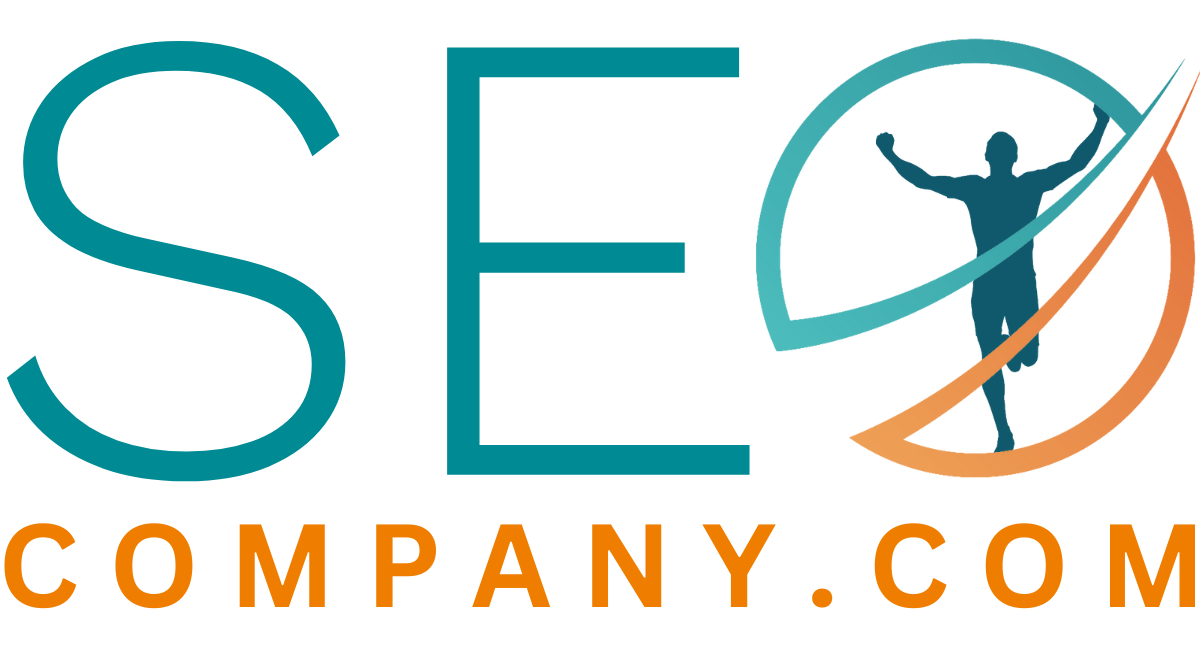Comprehensive Guide to Google Trends
Introduction
Google Trends, an offering from the technological behemoth Google, serves as a treasure trove of insights into what the world is searching for. Dive deep into this guide to unveil its vast capabilities, surprising facts, alternative uses, and imaginative use cases.
1. What is Google Trends?
Google Trends is a free online tool provided by Google that shows the frequency of specific search terms compared to the total search volume across different regions of the world, and in various languages. It provides an index of the volume of Google web searches since 2004.
2. How Google Trends Works
- Data Collection: Google collates the vast number of search queries made every day.
- Indexing: The data is normalized on a scale from 0 to 100 based on the topic’s proportion to all searches on all topics.
- Presentation: The tool presents the indexed data in the form of graphs that are easy to understand and interpret.
3. Core Features
- Interest Over Time: View how interest in a specific keyword has changed over time.
- Interest by Region: See which regions show the most interest in your keyword.
- Related Queries: Discover related search terms that users are querying.
- Comparisons: Compare the search volume of multiple keywords or topics.
- Export Data: For deeper analysis, you can export your results.
Surprising Facts
- Limited Scope: Google Trends data doesn’t cover all searches but samples a portion to make predictions.
- Not Raw Numbers: The numbers on the graph don’t represent exact search volume numbers. They’re calculated values representing search interest relative to the highest point for the specified region and time.
- Changes Over Time: The data on Google Trends is updated constantly, meaning if you check the trend for a keyword today and a year from now, the values might change slightly based on the new data.
4. Alternative Uses and Use Cases
Alternative Uses:
- Academic Research: Scholars use Google Trends data to gauge public interest in various topics over time.
- Disease Outbreak Prediction: Google Trends was once used to predict flu outbreaks by analyzing the volume of flu-related search queries.
- Economic Forecasts: Analysts sometimes use search data to predict economic indicators.
Brainstormed Use Cases:
- Content Creation: If you’re a content creator, use Trends to tap into topics that are gaining traction.
- Product Launches: Businesses can determine the right time to launch products based on rising interest.
- Event Planning: Organize events around trending topics to increase attendance.
- Fashion and Retail: Understand what products or styles are gaining popularity and stock accordingly.
- Financial Market Analysis: For investors, spotting an upward trend in searches around a particular industry or company could indicate potential growth.
- Political Campaigning: Politicians can determine which issues are resonating most with their electorate.
5. Best Practices
- Combine with Other Tools: For a holistic view, combine Google Trends data with other analytics tools.
- Understand Seasonality: Some trends are seasonal. Always consider the time of year.
- Look at Related Queries: This can unveil other related topics of interest to your audience.
6. Limitations
While powerful, Google Trends has its limitations. It’s essential to remember that it doesn’t show absolute search volume, is best for broad trends rather than niche topics, and might not always reflect real-world events accurately.
7. Conclusion
Google Trends is more than a tool for mere curiosity; it’s a robust platform that offers immense value for businesses, researchers, and the public at large. By understanding its features, potential, and limitations, users can harness its power effectively.
